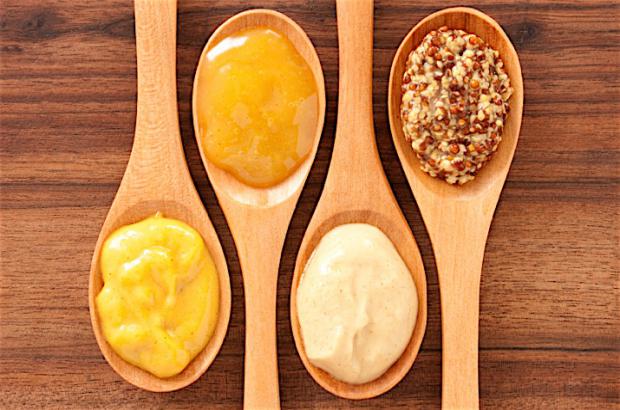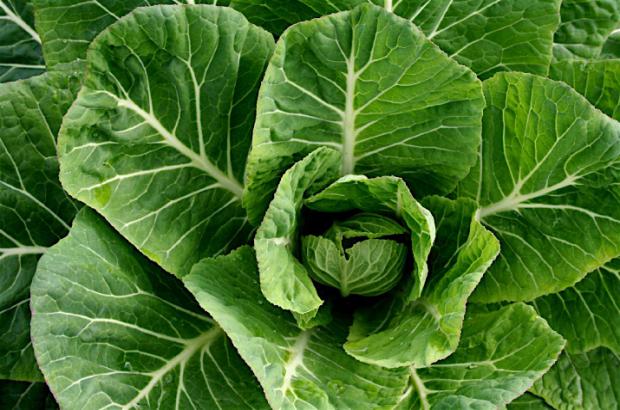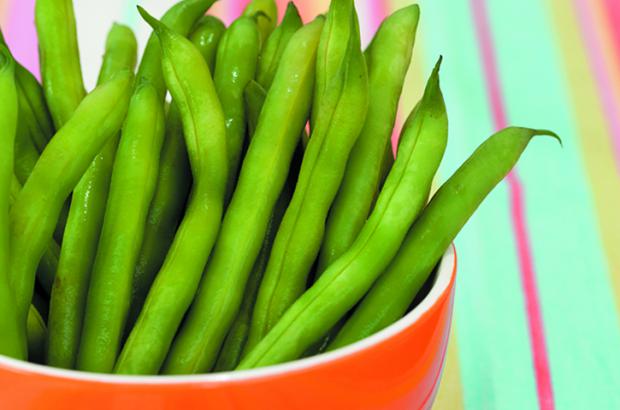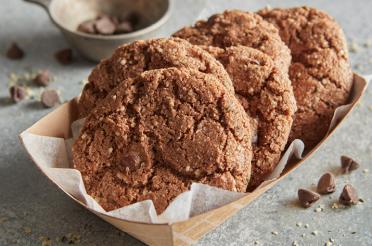Article
Mustard Greens
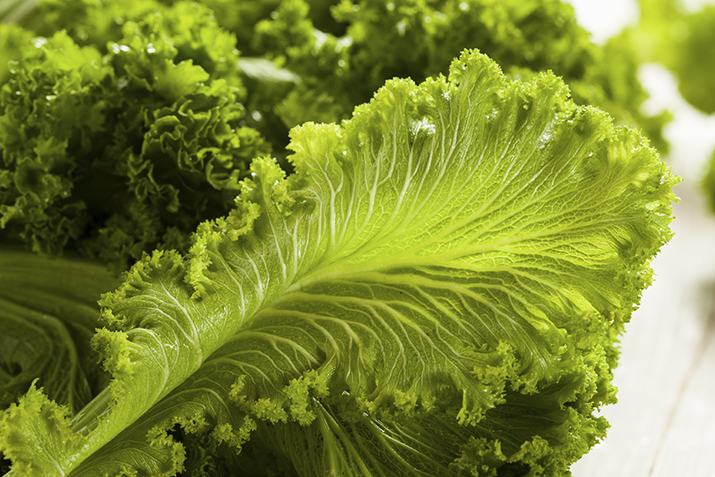
Nobody ever accused these greens of being bland. Mustard greens are a leafy relative of radishes, which explains their peppery pungency. Originating 5,000 years ago in the foothills of the Himalayas, mustard greens still grow wild in North Africa, the Middle East and the Mediterranean. They're also known as Chinese mustard and Indian mustard.
Leading producers of the spicy green today include India, Nepal, China, Japan and the United States. An important ingredient in Southern kitchens, it was West Africans who first introduced mustard greens to the United States.
In addition to greens, the mustard plant also produces the seeds that are used as a spice and ground to produce the condiment mustard.
Mustard greens are an excellent source of manganese, calcium and folate, and they're high in vitamins C, A, K and E. They're also a good source of fiber and vitamins B1 and B3. They contain many trace minerals, too, including iron.
Ranging from bright green to purple, mustard greens can be smooth leaved or ruffled. Varieties include Horned (bright green frilly leaves), Red Giant (purple-tinted leaves) and Ragged Edge (long, ruffled leaves).
While they can be eaten raw, mature mustard greens tend to be sharp and bitter, especially later in the growing season. Choose smaller, tender leaves to add zip to your salad. They combine well with other strong flavors, like feta and blue cheese, and with other mixed bitter salad greens, anchovies and hard-boiled eggs.
Once cooked, the greens add a pungent depth to soups and stews, casseroles and other main dishes. Add them to stir-fries with other bold flavors and seasonings to balance their bitterness, such as sesame, garlic, chili, ginger, tamari, toasted nuts and scallions. Mustard greens are substantial and flavorful enough to serve as a side dish on their own. Try this recipe for hearty, colorful Beans and Greens with Bacon as a side or as the basis for a main dish, when topped with pork chops or medallions of roasted pork tenderloin.
Learn more about greens in our article Let Us Lettuce Your Shopping List.
You may be able to purchase mustard greens year round, though they're at their peak in most areas during the summer and fall months. The smaller, more tender leaves harvested in the spring will be milder than fall harvested greens.
Choose bright green, fresh leaves with a crisp radish smell. Avoid those with yellowing leaves or leaves with brown spots. The stems should look freshly cut and not dried out, brown, or split.
Wrap unwashed mustard greens in paper towels and store loosely in a plastic bag in the refrigerator vegetable drawer for up to five days. Wash just before using.

